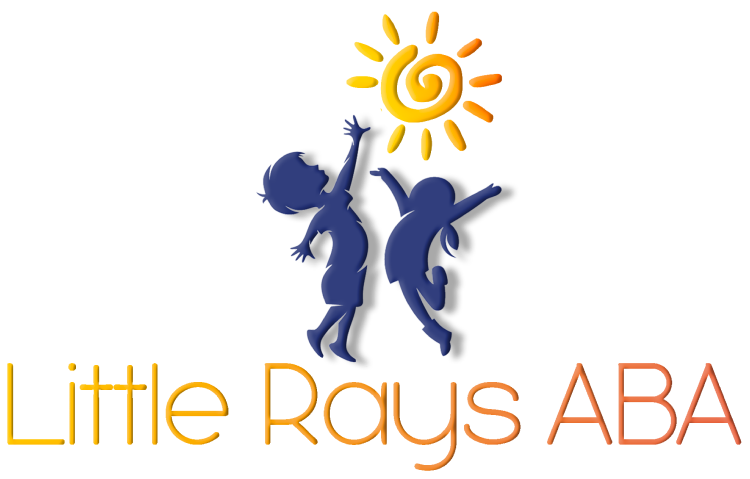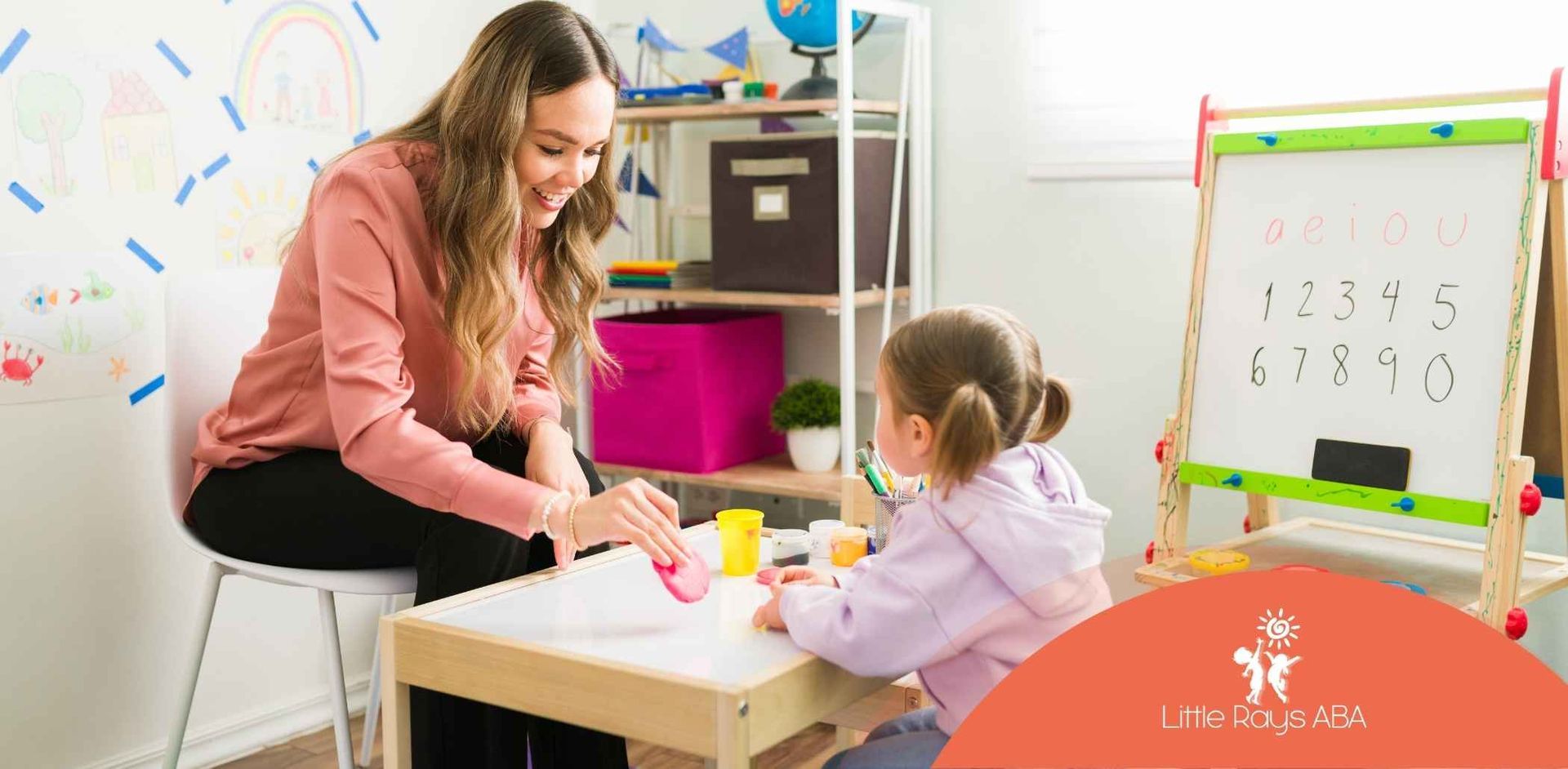
Can Someone Move from Level 3 to Level 1 Autism? Understanding Progress on the Spectrum
Autism Spectrum Disorder (ASD) is categorized by levels 1 to 3, which describe how much support an individual needs. Level 3 indicates the highest level of support, while Level 1 represents the least. These levels are not fixed labels—they can change over time based on a person’s development, environment, and access to therapy.
With early and consistent intervention, especially through approaches like Applied Behavior Analysis (ABA) therapy, some individuals may show significant improvements in communication, behavior, and independence. This can result in needing less support over time, which may lead to a reclassification from level 3 to level 2 or even level 1.
However, this change doesn’t mean the person no longer has autism. It simply means they’ve gained the skills to function more independently. Progress varies greatly, and the goal is not to “move down levels” but to help each child reach their full potential.
At Little Rays ABA, we focus on measurable, meaningful progress—empowering children and families with the tools they need to thrive at every level.
Frequently Asked Questions
Can autism levels change over time?
Yes, levels can shift based on a person’s progress and support needs.
What does Level 3 autism mean?
It means the person needs very substantial support in daily life.
What does Level 1 autism mean?
Mild symptoms that require minimal support.
Related Posts





